The Worst Of The Past: 9 Vintage Candies No One Misses & 8 That Should Never Return
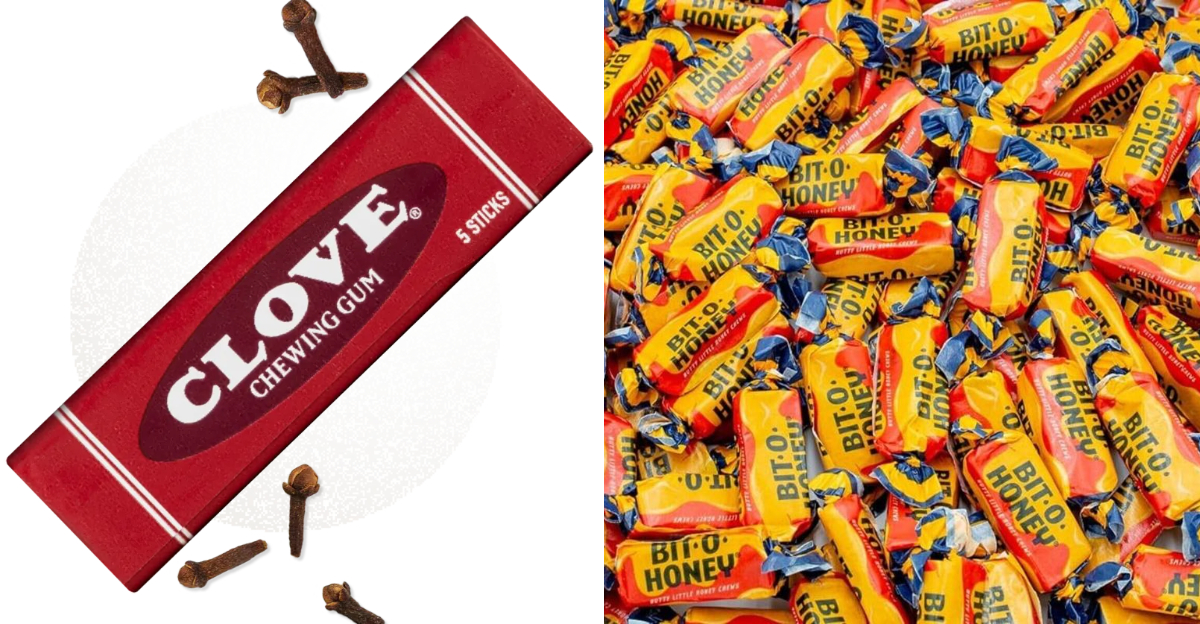
Dive into a nostalgic journey through the world of vintage candies, where some treats were loved, and others were better left in the past. From chalky concoctions to bizarre flavor experiments, these candies serve as a reminder of why some sweets are best forgotten. Explore the quirky, often questionable creations that graced the candy aisles of yesteryears.
1. Necco Wafers
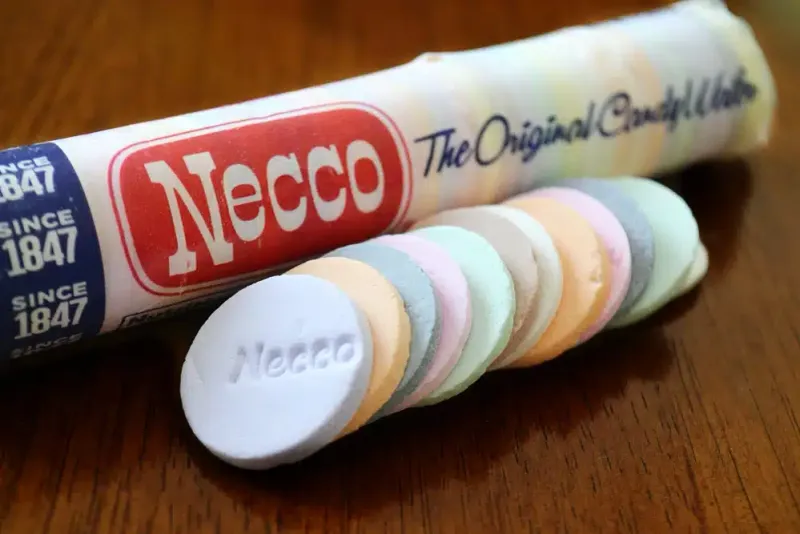
Necco Wafers were colorful discs that might remind one of edible confetti. Chalky and brittle, they never quite hit the mark in flavor. Whether lemon or chocolate, each seemed to blend into an indistinguishable taste. They were popular during wartime due to their long shelf life, but most consumers were left wondering if they were candy or merely colorful chalk. Despite their nostalgic appeal, few people today would rush to remember these crumbly confections.
2. Clove Gum
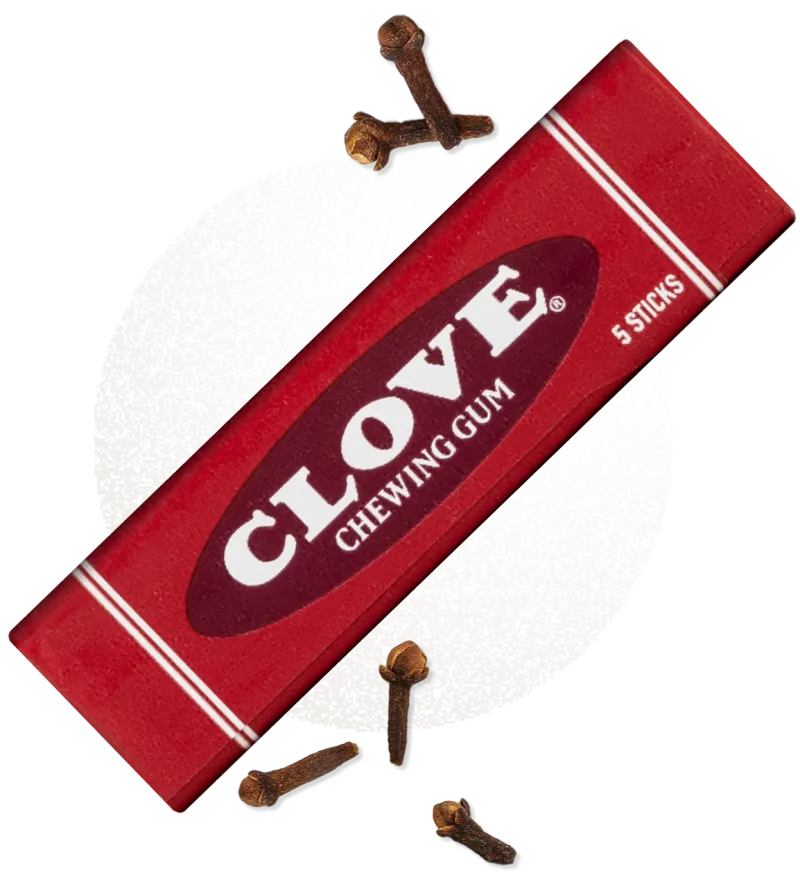
Clove Gum was the kind of chewing gum that left you puzzled. Its spicy, aromatic flavor was akin to chewing your grandma’s perfume—a taste that faded faster than you’d hope. While some might argue it had an acquired taste, most would agree that it was an odd choice for a treat. In the end, its short-lived presence on the market was a testament to its peculiar appeal.
3. Bit-O-Honey
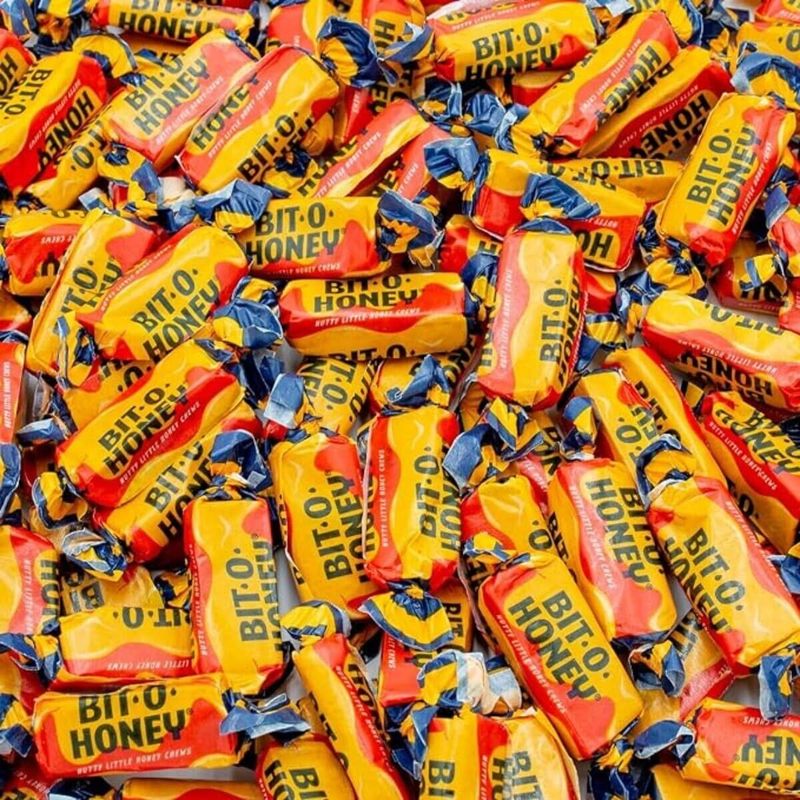
Bit-O-Honey promised a chewy experience but often delivered dental distress. Sticky enough to threaten fillings, it left many a parent wary. The honey-flavored taffy, interspersed with almond bits, never quite provided the sweetness one hoped for. Introduced in the 1920s, its longevity puzzled many, as it seemed more of a challenge than a treat. A candy that lived up to its name, but not in the way it intended.
4. Horehound Drops
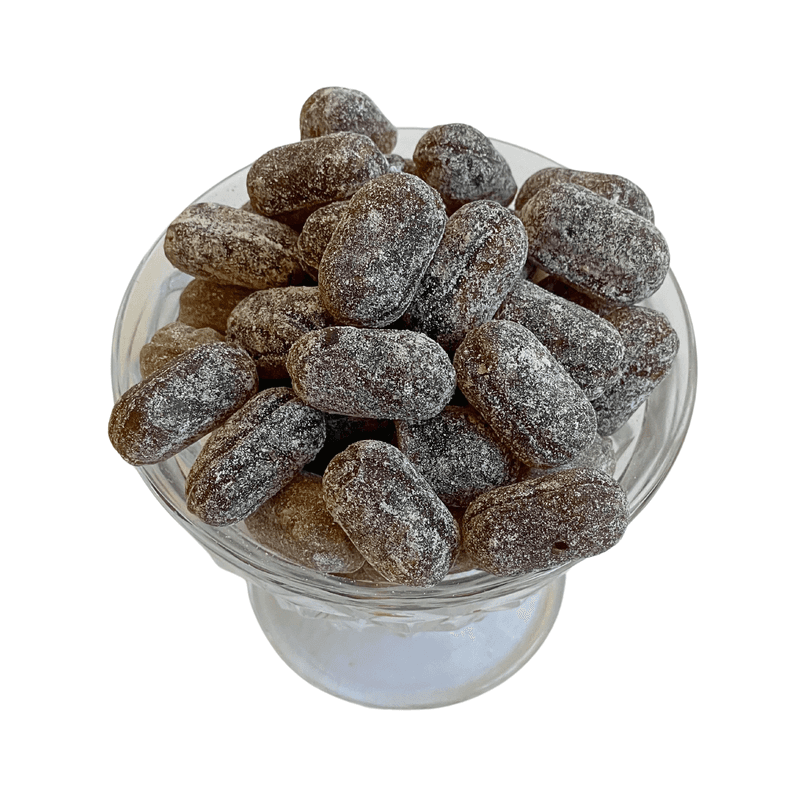
Horehound Drops were an attempt at making candy medicinal. With their robust, herbal flavor, they tasted more like cough syrup than confectionery. An old-fashioned remedy, they were believed to soothe throats, though the experience was less than sweet. Despite being packed with purported health benefits, the taste was its downfall. An acquired taste for some, but for most, a candy best left behind.
5. Wax Bottles (Nik-L-Nips)
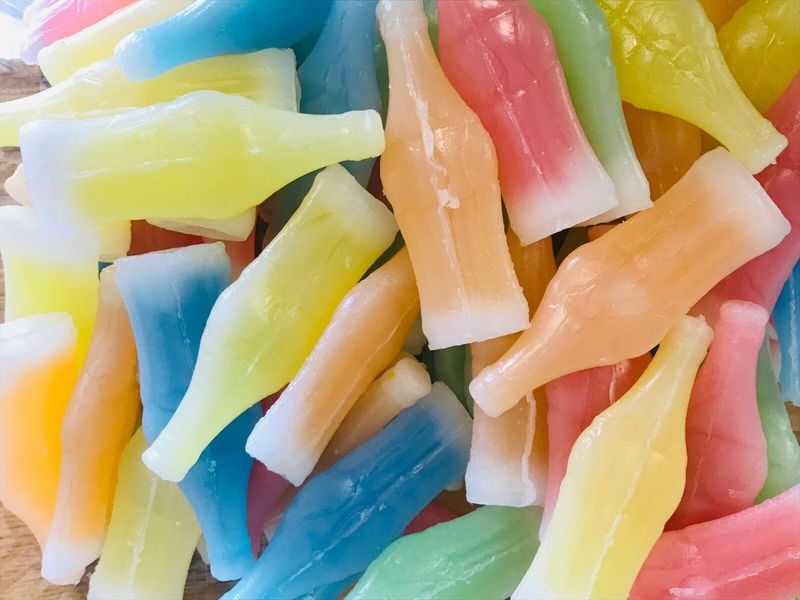
Wax Bottles, known as Nik-L-Nips, were an oddity in the candy world. These small, waxy bottles could be bitten into to release a sugary syrup that barely compensated for the effort. Consumed more for the novelty than taste, they left many baffled. The wax was inedible, yet many chewed it anyway. A relic of a bygone era, they remind us why some candy concepts are best left unexplored.
6. Circus Peanuts
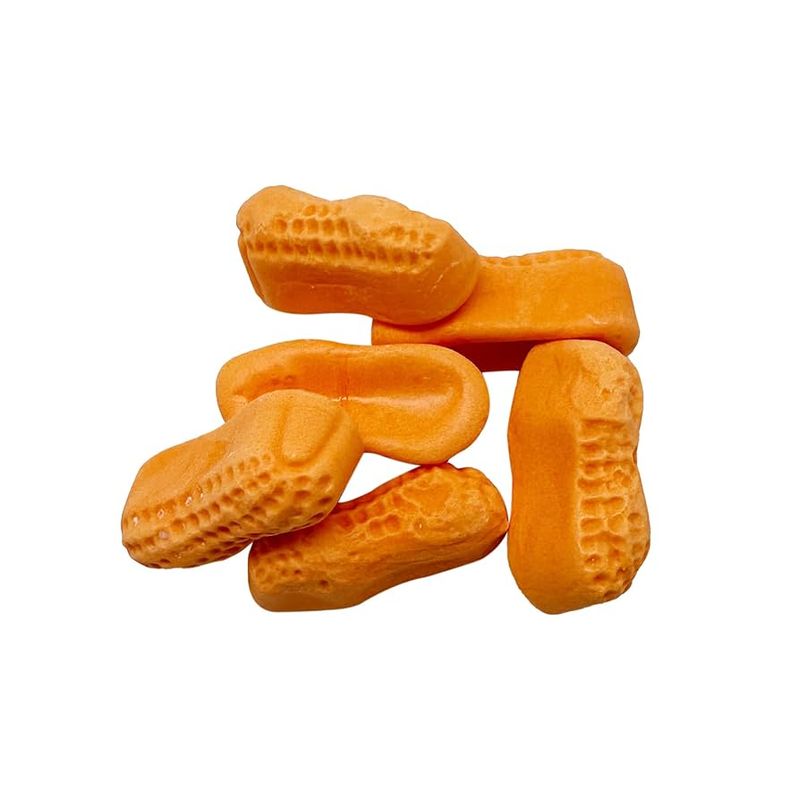
Circus Peanuts were a sweet enigma. Shaped like peanuts but tasting of artificial bananas, their texture was as confounding as their flavor. With a rubbery consistency, they were more foam than candy. Despite their vibrant appearance, they left a peculiar aftertaste. Their divisive nature made them a classic example of a candy people loved to hate. An experience best remembered, not repeated.
7. Black Licorice Anything
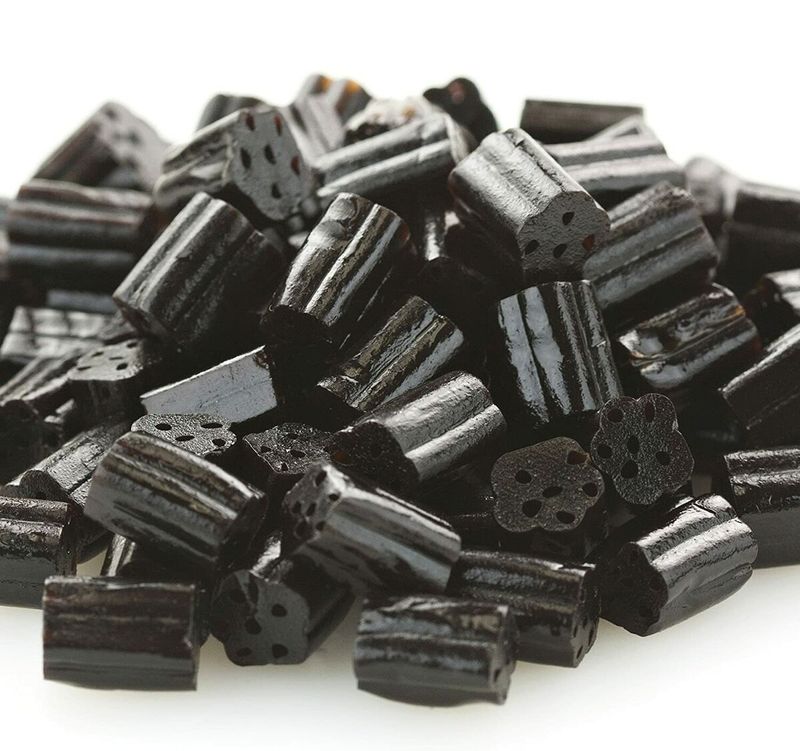
Black Licorice was the ultimate love-it-or-hate-it treat. Its bold, anise flavor polarized candy lovers. While it has its devoted fans, many found it too intense and medicinal. Originating centuries ago, it has a rich history, but its taste remains a hurdle for many. For those who relish its unique flavor, it’s a delight. For others, it’s a taste better left in history.
8. Candy Cigarettes
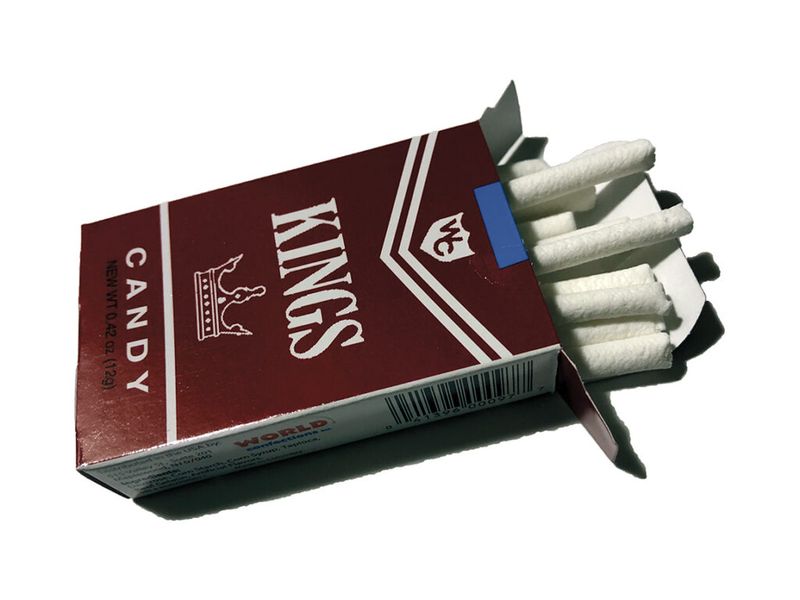
Candy Cigarettes were a nostalgic nod to adult behaviors. These sugary sticks were more about playacting than flavor, offering a crumbly sweet experience. While they sparked imagination, their existence is questionable today. In an era of increased health awareness, their appeal is largely historical. They serve as a reminder of a time when candy mirrored adult life, a trend best left in the past.
9. Old-School Licorice Snaps

Licorice Snaps were a colorful contradiction. With pastel shells and a chewy, black licorice center, they were a visual treat that disappointed many taste buds. Their hard exterior led to a chewy surprise inside, a combination not everyone appreciated. Despite their striking appearance, they were a bittersweet experience, literally.
10. Chicken Bones (The Candy, Not the Snack)
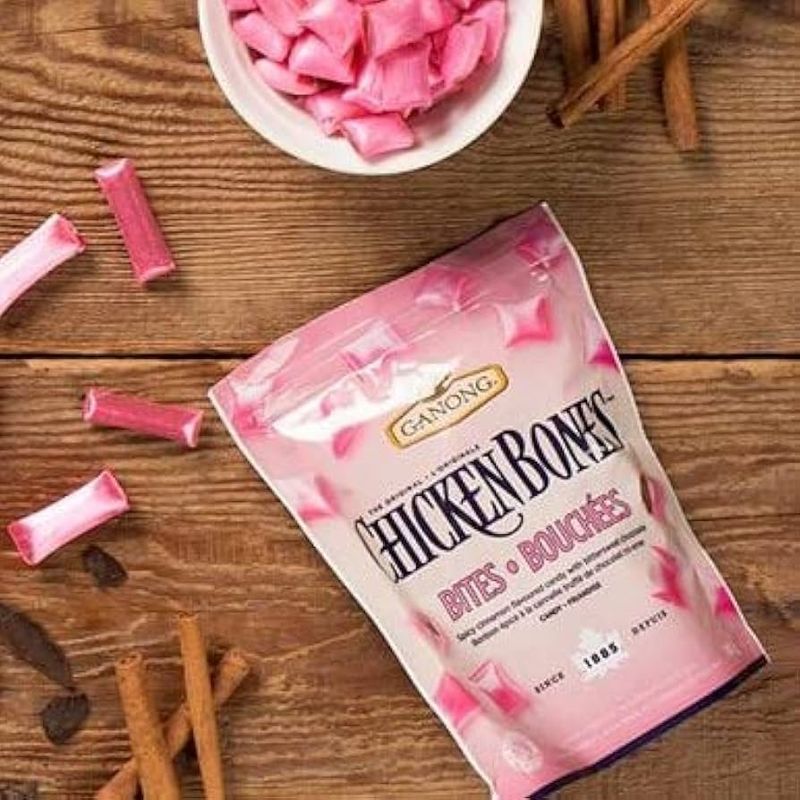
Chicken Bones were a confusing candy experience. Despite their name, they were pink, spicy cinnamon shells with a surprise chocolate center. The combination left many puzzled rather than pleased. Though they found popularity in certain regions, they were not universally embraced. The clash of flavors and unexpected filling made them a candy as curious as its name.
11. Cough Drop Candy (Like Smith Brothers)
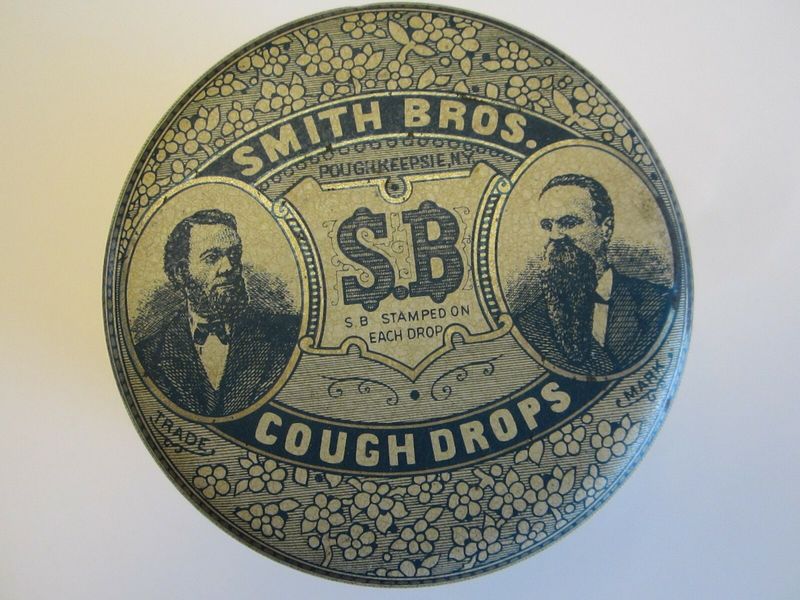
Cough Drop Candy, such as Smith Brothers, blurred the line between candy and cold remedy. With a mentholated flavor profile, they offered little in terms of sweet satisfaction. Often consumed out of necessity rather than choice, they left a medicinal aftertaste. Their dual-purpose design was innovative yet unappealing, making them a candy that failed to excite the senses.
12. Candy Buttons on Paper
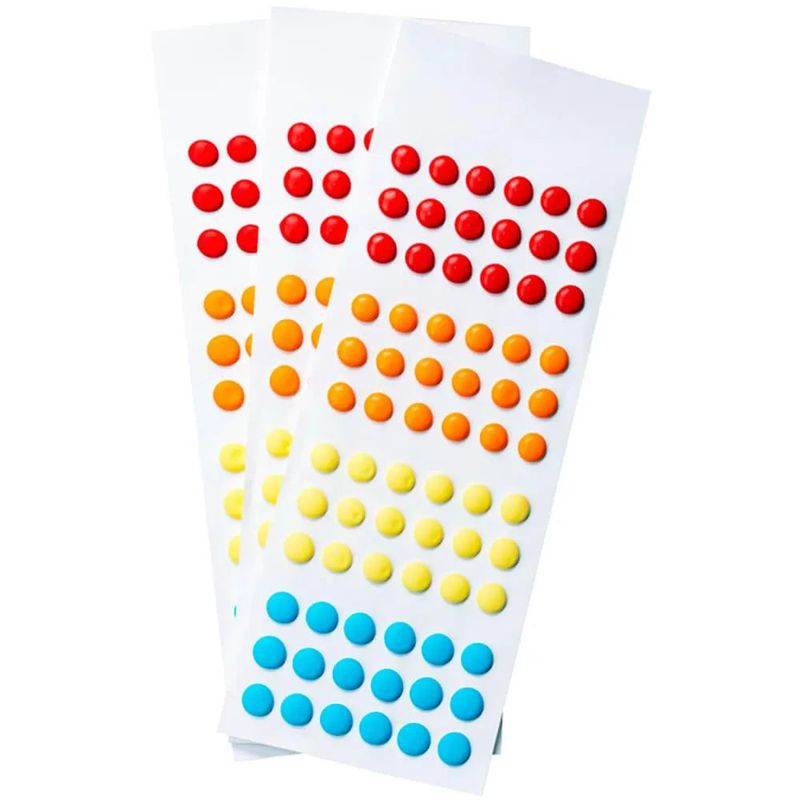
Candy Buttons were more paper than pleasure. Each dot was a burst of hard sugar with minimal flavor, often leaving remnants of paper in your mouth. They were a test of patience, peeling each dot off the strip in hopes of a sweet reward. A nostalgic novelty that wore thin quickly, they are remembered more for the experience than the taste.
13. Boston Baked Beans
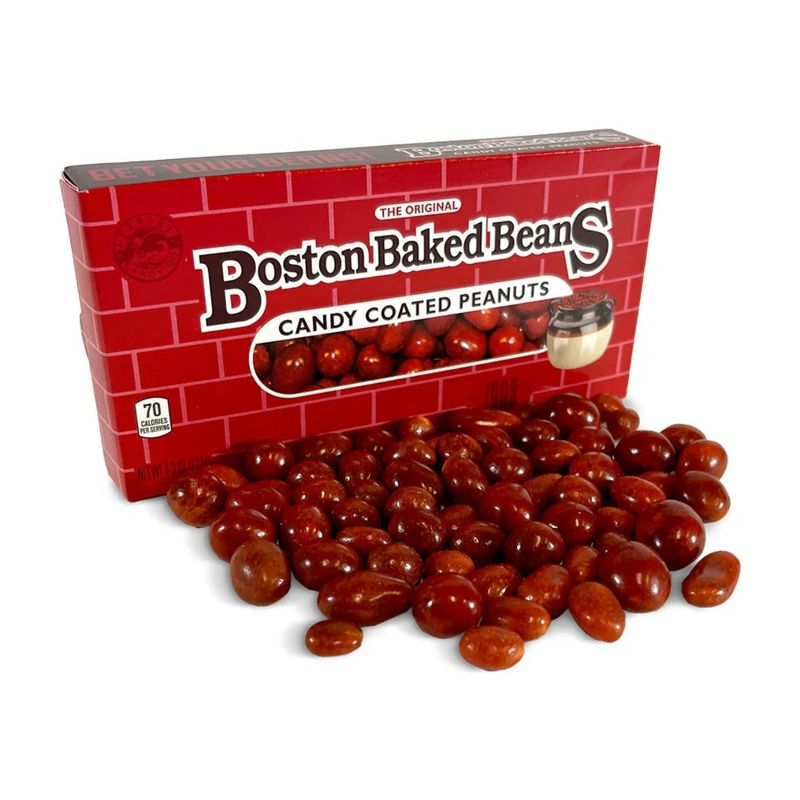
Boston Baked Beans were a curious candy creation. Coated peanuts in a red candy shell, they bore little resemblance to their namesake dish. The sweet shell often overpowered the nutty center, and the bold red hue suggested more artificiality than flavor. While they enjoyed some popularity, many found them an odd addition to the candy world. They remain a novelty rather than a treat.
14. Razzles
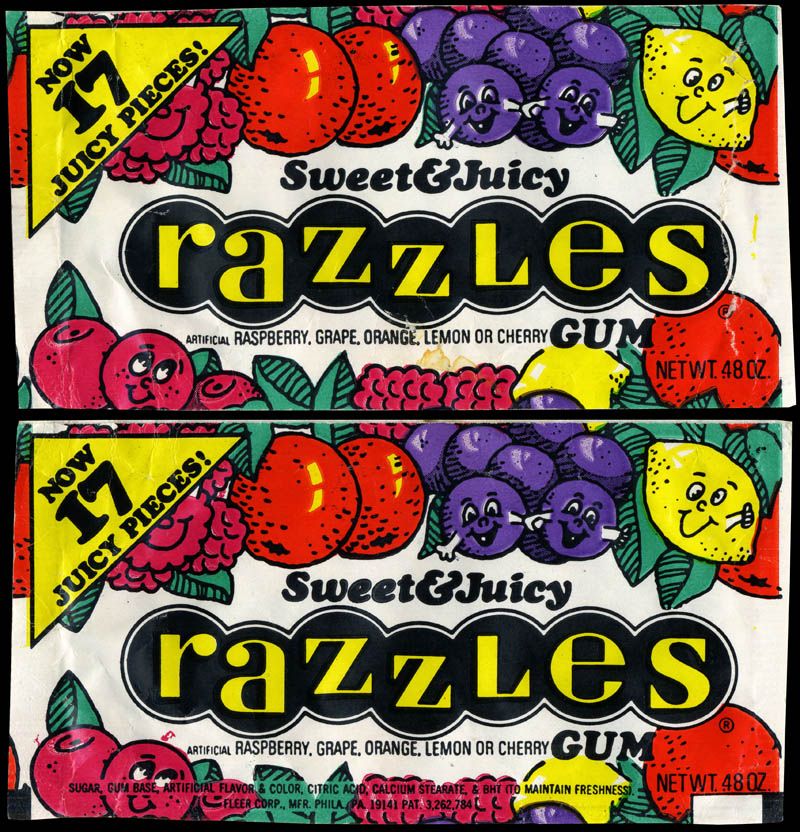
Razzles promised a dual experience as candy that turned into gum. Initially appealing, their flavor faded almost as fast as the transformation happened. The gum quickly became rubbery, leaving fans and critics alike unimpressed. Introduced in the 1960s, they captured attention with their novel concept but struggled in execution. A candy-gum hybrid that leaves one questioning its purpose.
15. Wax Lips
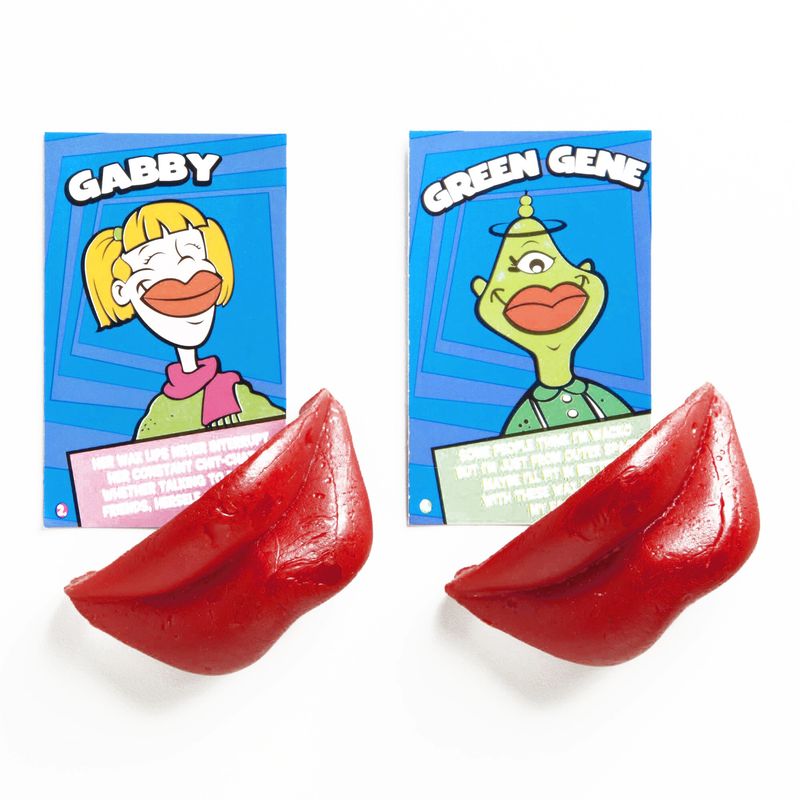
Wax Lips were more about the joke than the joy. Shaped like oversized lips, they were popular for their visual appeal but lacked flavor. Made from wax, they were meant to be fun props rather than tasty treats. The novelty quickly wore thin, leaving a waxy residue in its wake. A fleeting amusement that rarely satisfied beyond the initial chuckle.
16. Licorice Pipes
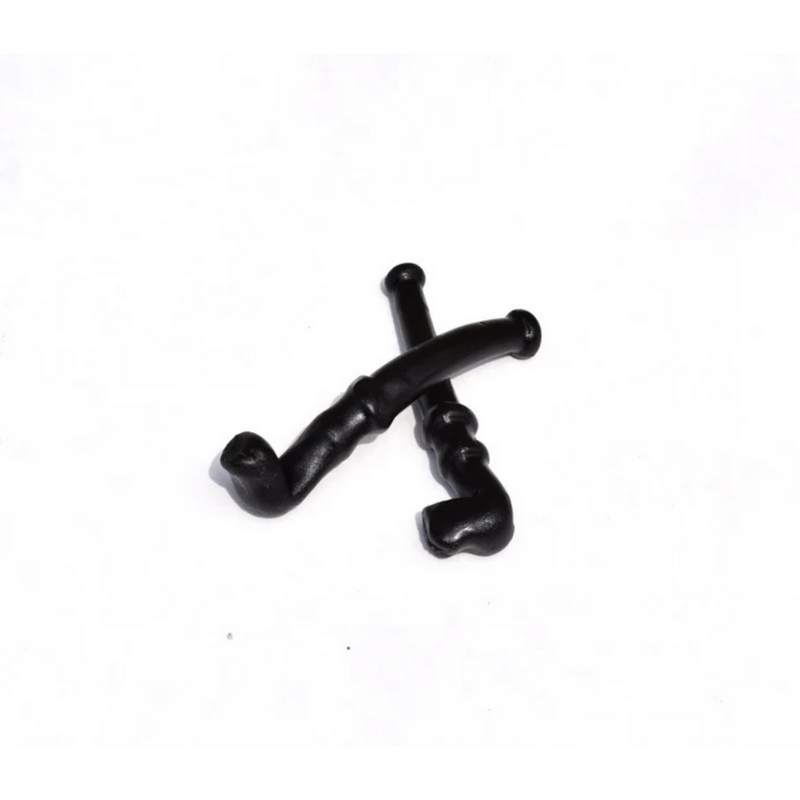
Licorice Pipes attempted to make licorice glamorous. Shaped like pipes, they were more about the aesthetic than the taste. The strong licorice flavor was divisive, and their shape did little to enhance the experience. While they captured a certain charm, they were more a candy curiosity than a confectionery delight. A novelty that failed to light up taste buds.
17. Valomilk Cups
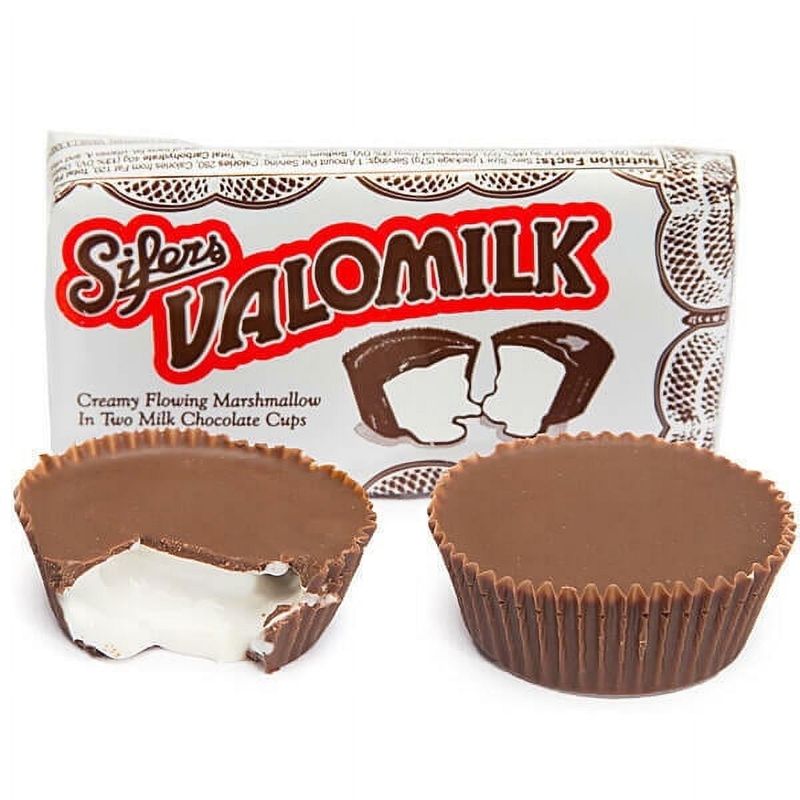
Valomilk Cups were a lesson in candy chaos. Their thin chocolate shells barely contained the gooey marshmallow center, leading to messy explosions. The combination of textures was intriguing yet impractical. Despite their challenges, they have a cult following. Originating in the 1930s, they offer a nostalgic nod to unpredictable sweets. A treat best enjoyed with caution.
